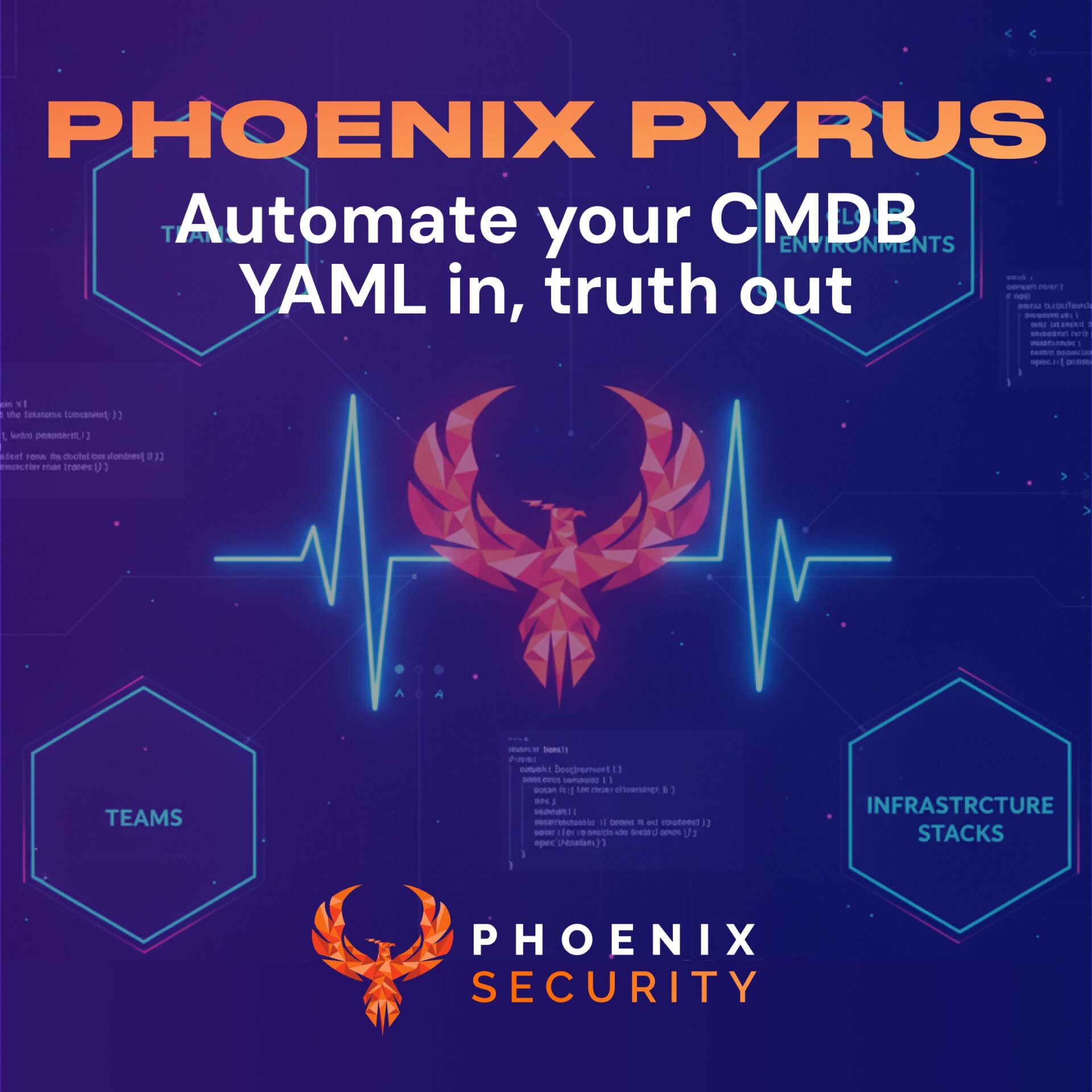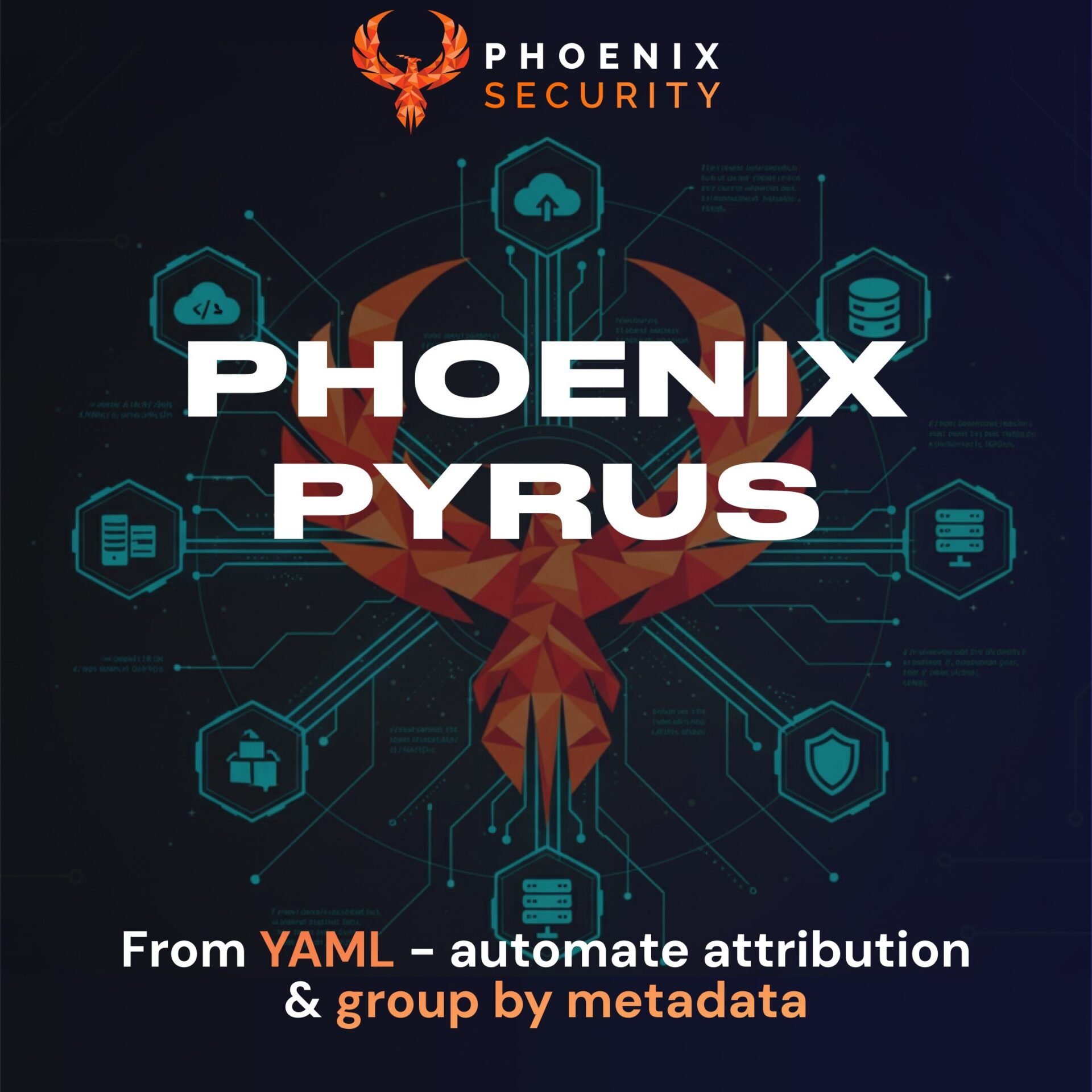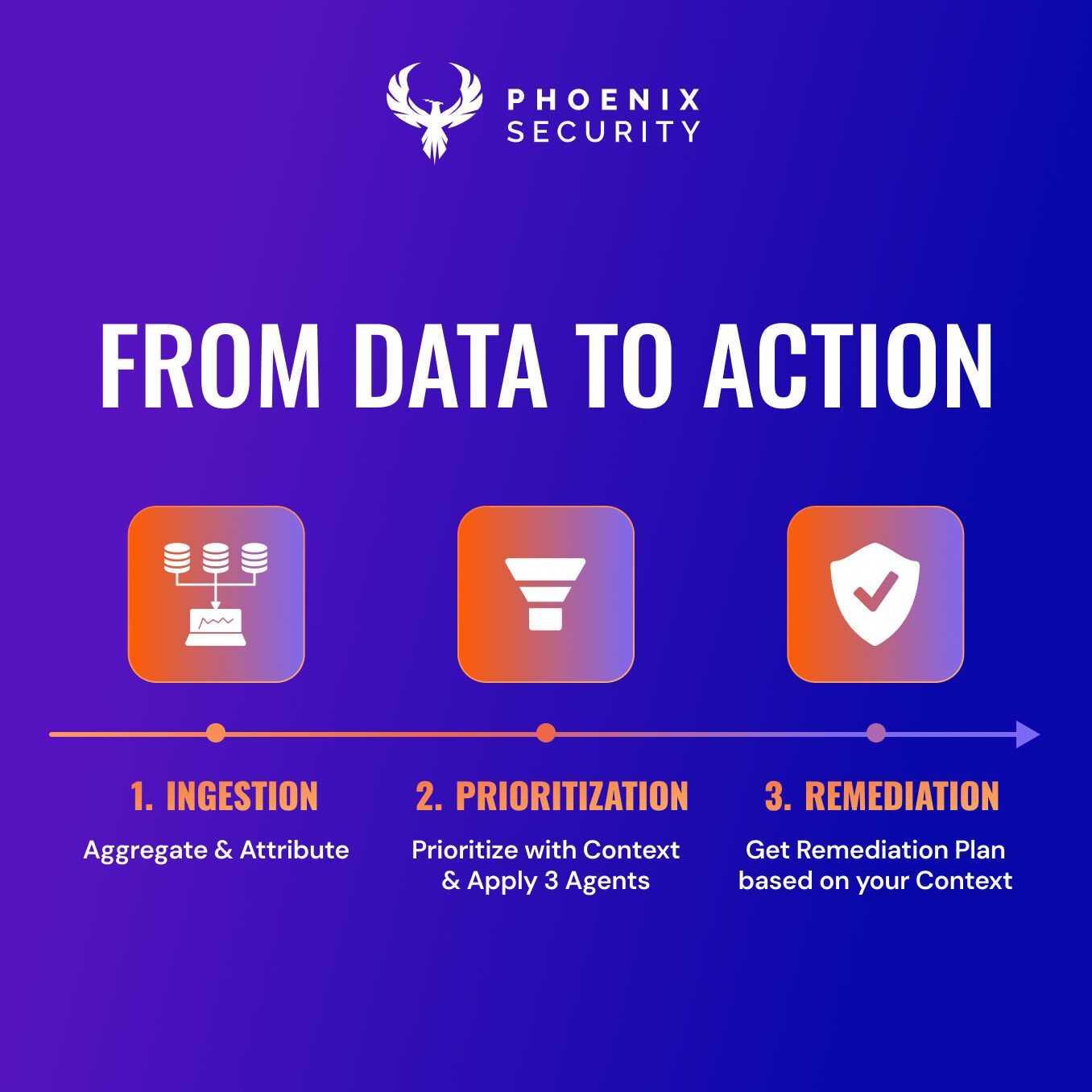Peterson’s leadership and generous investment will help the risk vulnerability management platform scale its capabilities

LONDON, England (January 11, 2022)— AppSec Phoenix, an innovative risk-based vulnerability management software, has announced the addition of Andrew Peterson to its board of advisors. Peterson joins the firm as a non-executive advisor and the lead investor for the project as AppSec Phoenix looks to scale its cybersecurity expertise and international presence.
Peterson is an acclaimed leader, advisor, and investor with two decades of experience in the tech and cybersecurity sectors. He founded Signal Sciences, a cyber tech firm delivering solutions to protect clients’ websites, mobile apps, and APIs that sold to Fastly in 2020 for over $800 million. As CEO, Peterson spearheaded the deal and remains a central figure in their security portfolio strategy and leadership.
Prior to founding Signal Science, Peterson enjoyed successful careers in tech development and sales with organizations such as Etsy, The Clinton Foundation, and Google. He also has served as a council member and advisor for several organizations, including the Forbes Technology Council, Fika Ventures, and more. Peterson is also committed to helping innovative startups launch and scales their businesses through investing and advising in such as Material Security, Cyware, Lucidum, Privacy Dynamics, Britive and more.
Peterson holds a bachelor’s degree in science, technology, and society from Stanford University.
“We are honoured to have Andrew place his faith in us and join our advisory team as lead investor,” said Francesco Cipollone, CEO and founder of AppSec Phoenix. “Andrew and I have a long history of knowing each other both in a professional setting and as friends. I think I speak on behalf of the entire AppSec Phoenix team when I say that we are excited and honoured to have such an impressive leader involved in our investment round and on our advisory board.”
“I am thrilled to be part of AppSec Phoenix’s advisory board and invest in the firm’s mission as it looks to scale its efforts and influence as a leader in the risk vulnerability sector,” said Peterson. “I stand behind the organization’s mission and vision as it looks to help its clients implement easy-to-use and effective security solutions to protect their digital assets.”
Peterson joins an advisory board that boasts several notable names in the cybersecurity sector, including:
- Robert Rodgers, who brings a wealth of security and IT knowledge from the client perspective to the Phoenix Security board. He has worked in the financial industry since 1995. Rodgers currently serves as an executive of Butterfield Group, and his past experience include former deputy CISO of HSBC Bank, security lead of Bank of Scotland, and global head of IT security of Bank of Bermuda. Rodgers brings a straightforward and no-frills perspective to the project with a pragmatic view of cybersecurity from the client side.
- Xabi Errotabehere, who has more than 20 years of experience building world-class digital products. He co-founded Cloud Conformity, a Cloud Security Posture Management tool, and took the company in a high-growth mode before Trend Micro acquired it in 2019. Errotabehere brings insight into how to successfully manage a business in its early days and techniques to effectively go to market and acquire clients.
To learn more about AppSec Phoenix or to schedule a free demo, visit https://www.phoenix.security/request-a-demo/.



















